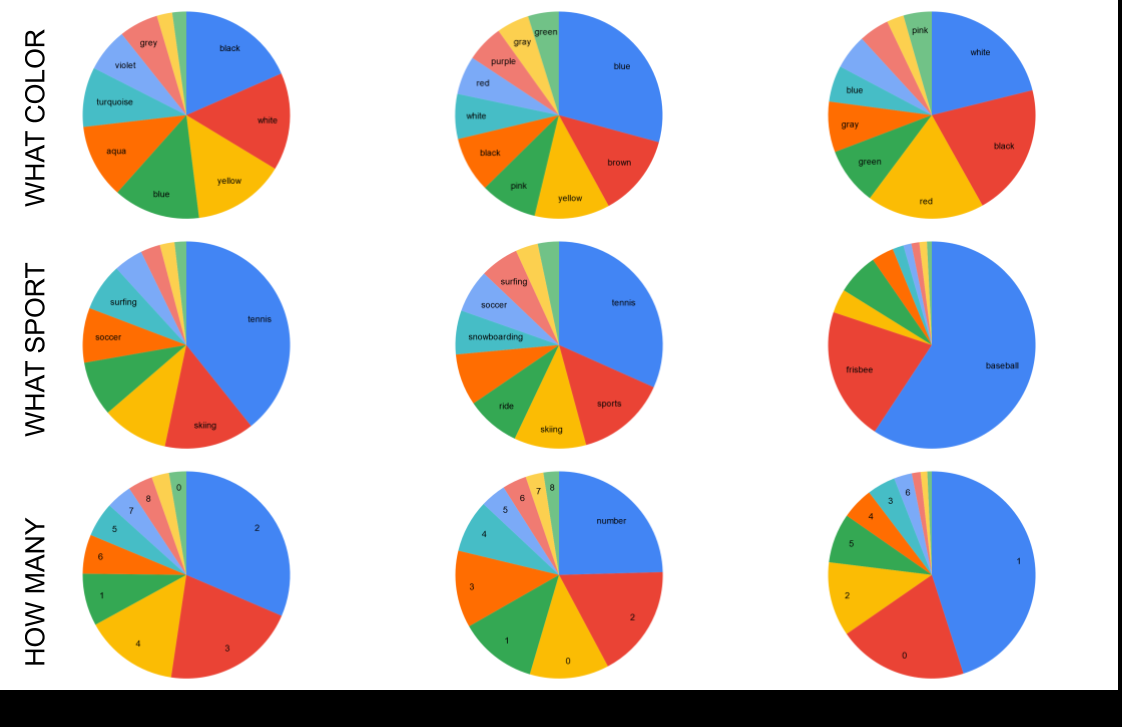How do Decisions Emerge across Layers in Neural Models? Interpretation with Differentiable Masking
Nicola De Cao, Michael Sejr Schlichtkrull, Wilker Aziz, Ivan Titov
Interpretability and Analysis of Models for NLP Long Paper

You can open the pre-recorded video in a separate window.
Abstract:
Attribution methods assess the contribution of inputs to the model prediction. One way to do so is erasure: a subset of inputs is considered irrelevant if it can be removed without affecting the prediction. Though conceptually simple, erasure's objective is intractable and approximate search remains expensive with modern deep NLP models. Erasure is also susceptible to the hindsight bias: the fact that an input can be dropped does not mean that the model `knows' it can be dropped. The resulting pruning is over-aggressive and does not reflect how the model arrives at the prediction. To deal with these challenges, we introduce Differentiable Masking. DiffMask learns to mask-out subsets of the input while maintaining differentiability. The decision to include or disregard an input token is made with a simple model based on intermediate hidden layers of the analyzed model. First, this makes the approach efficient because we predict rather than search. Second, as with probing classifiers, this reveals what the network `knows' at the corresponding layers. This lets us not only plot attribution heatmaps but also analyze how decisions are formed across network layers. We use DiffMask to study BERT models on sentiment classification and question answering.
NOTE: Video may display a random order of authors.
Correct author list is at the top of this page.
Connected Papers in EMNLP2020
Similar Papers
Ensemble Distillation for Structured Prediction: Calibrated, Accurate, Fast—Choose Three
Steven Reich, David Mueller, Nicholas Andrews,

Understanding the Mechanics of SPIGOT: Surrogate Gradients for Latent Structure Learning
Tsvetomila Mihaylova, Vlad Niculae, André F. T. Martins,

MUTANT: A Training Paradigm for Out-of-Distribution Generalization in Visual Question Answering
Tejas Gokhale, Pratyay Banerjee, Chitta Baral, Yezhou Yang,

oLMpics - On what Language Model Pre-training Captures
Alon Talmor, Yanai Elazar, Yoav Goldberg, Jonathan Berant,
